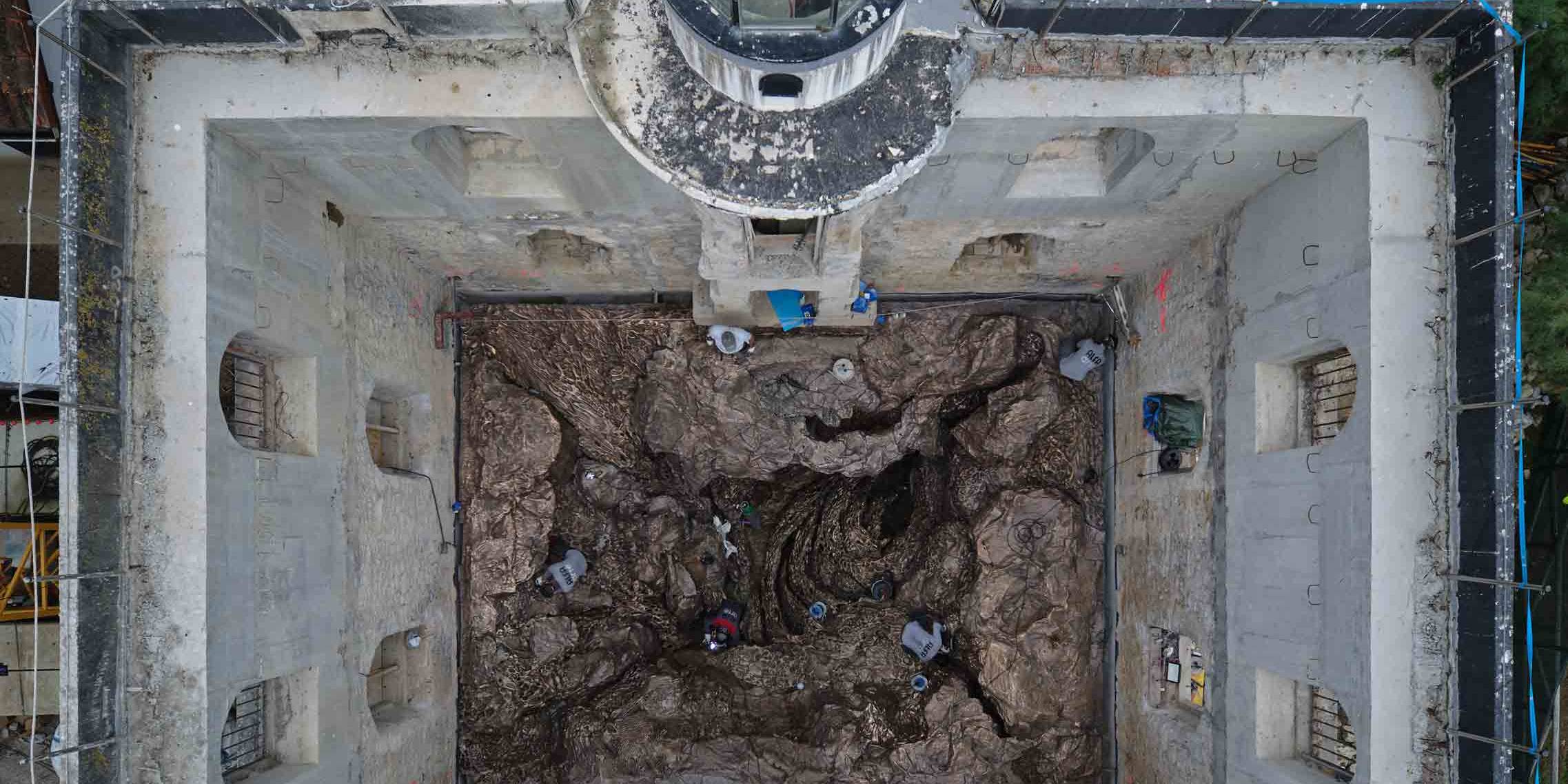
Architectural Sculpture: Where Structure Meets Artistic Vision
Architectural sculpture is where form becomes language and structure becomes art. Far beyond ornamentation, it is a sculptural intervention that responds to the building’s geometry, materiality, and function—elevating architecture through visual and symbolic expression.
From carved friezes and bronze reliefs to integrated monumental installations, architectural sculpture blurs the line between the built environment and artistic composition. In this article, we explore the evolution, materials, and technical complexities of architectural sculpture, and how Alfa Arte contributes to the realization of such ambitious projects worldwide.
What Is Architectural Sculpture?
Architectural sculpture refers to sculptural elements that are either integrated into a building or created in dialogue with its form. It can take many forms:
-
Facade reliefs
-
Free-standing works structurally connected to architecture
-
Site-specific installations embedded into walls, roofs, courtyards
-
Sculptural columns, lattices, or spatial dividers
A Historical Legacy
The roots of architectural sculpture date back to ancient civilizations—think of the Parthenon’s friezes or the capitals of Gothic cathedrals. In these contexts, sculpture was not decoration but narrative: history, power, mythology, and symbolism carved into stone and metal.
In modern times, artists like Eduardo Chillida, Henry Moore, and Anish Kapoor have redefined how sculpture relates to architecture—moving from narrative to spatial and conceptual interaction.
Materials and Techniques in Architectural Sculpture
Because of its dual role—artistic and structural—architectural sculpture requires materials that are both expressive and durable.
1. Metal (Bronze, Steel, Aluminium)
Metals remain the preferred choice due to their structural capacity and weather resistance. Bronze is often used for classical reliefs, while stainless steel and aluminium enable large, lightweight forms with clean, modern finishes.
See how we handle artistic metalwork and technical structures.
2. Stone and Concrete
Carved or cast elements in stone or concrete can be embedded into walls or used as independent sculptural masses within architectural settings. Alfa Arte collaborates with specialized workshops when needed for hybrid material projects.
3. Digital Techniques and Custom Molding
The complexity of many architectural sculptures demands high-precision modeling and scaling. We use advanced 3D scanning and digital modeling to adapt artistic forms to architectural constraints—such as façade dimensions, expansion joints, or load-bearing calculations.
Discover our capabilities in digital modeling and 3D scanning.
The Process: From Concept to Installation
Creating architectural sculpture is not a linear task—it is a dialogue between artist, architect, engineer, and fabricator. At Alfa Arte, we manage each step, aligning artistic ambition with technical execution.
1. Design Review and Feasibility
We assess the initial concept and its integration within architectural plans. This includes:
-
Structural compatibility
-
Environmental factors (wind, humidity, UV exposure)
-
Mounting methods (anchoring, embed plates, suspended systems)
-
Weight and load analysis
-
Maintenance planning
Learn about our engineering and project management services.
2. Prototyping and Modeling
Once approved, the sculpture is developed physically or digitally, adapted to architectural scale. Full-size prototypes or 3D simulations are produced to evaluate form, scale, and technical feasibility.
3. Fabrication and Surface Treatment
We fabricate sculptural elements in-house, applying lost wax casting, welding, or sheet metal forming depending on the material. Finishes include patinas, powder coating, custom paints, and protective sealants, all tailored to architectural environments.
4. On-Site Coordination and Installation
Installation is coordinated with construction schedules and local regulations. We provide full logistical support including transportation, craning, structural anchoring, and post-installation maintenance guidelines.
Architectural Sculpture in Public and Cultural Projects
From institutional buildings and civic centers to museums and corporate headquarters, architectural sculpture plays a key role in how space is perceived and remembered.
It is a tool for placemaking, symbolic identity, and architectural storytelling. Artists and architects increasingly collaborate to design hybrid forms that are simultaneously sculpture, structure, and space.
At Alfa Arte, we’ve partnered with global firms and institutions to execute large-scale architectural artworks that define facades, courtyards, lobbies, and public plazas.
Final Thoughts: Architectural Sculpture
Architectural sculpture is not simply added to a building—it becomes part of its identity, transforming it into a cultural statement. It requires vision, precision, and the ability to collaborate across disciplines.
At Alfa Arte, we specialize in bridging that gap between concept and construction. From bronze reliefs to stainless steel interventions, we help artists and architects shape sculptures that define the built environment and resonate through time.